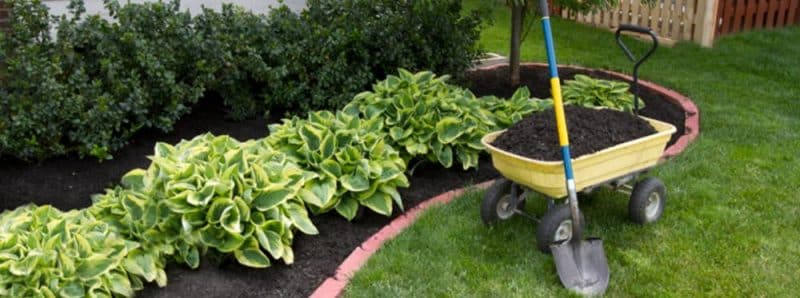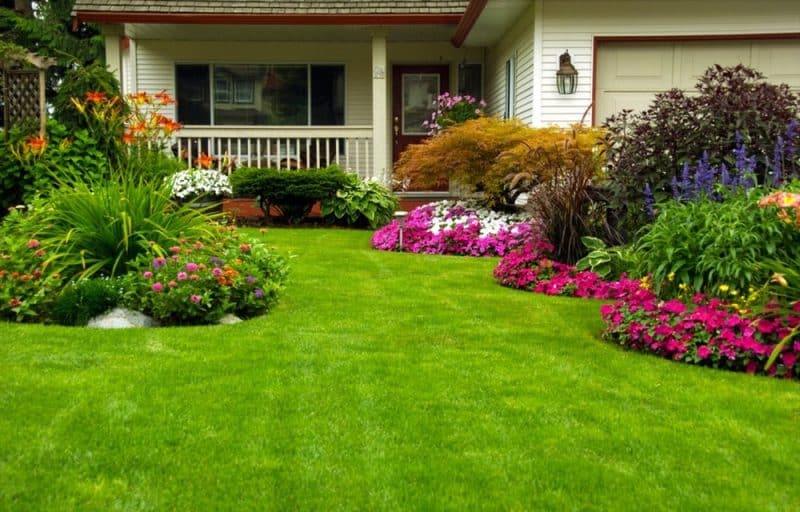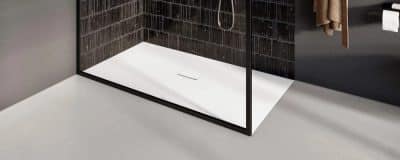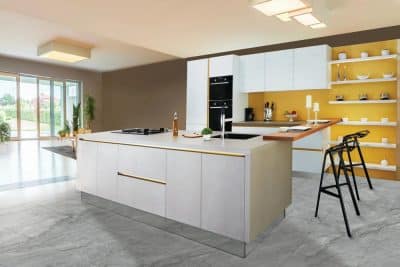
In the competitive real estate market, maximizing your property’s value is a top priority for any homeowner. While factors like location and square footage play a significant role, the often-overlooked aspect of landscape architecture can be a game-changer. A well-designed landscape can enhance your property’s aesthetic appeal and significantly increase its market value. Investing in professional landscape architecture services can transform your outdoor space into a valuable asset that attracts buyers and commands a higher asking price. Let’s explore five key ways landscape architecture can elevate your property’s worth and appeal to potential buyers.
Enhanced Curb Appeal and First Impressions
The exterior of your property is the first thing potential buyers see, and it sets the tone for their entire experience. A well-maintained and visually appealing landscape serves as a powerful introduction. Meticulously designed entrances, welcoming pathways, vibrant flower beds, and lush lawns instantly create a positive impression, signaling a well-cared-for property. Landscape architects possess the expertise to curate outdoor spaces that captivate and entice. They understand the principles of design, color theory, and plant selection to create harmonious and eye-catching landscapes. Focus points, textures, and varying heights can help create a visually dynamic and inviting first impression that will influence potential buyers.
Functional Outdoor Living Spaces
Outdoor living spaces that seamlessly blend with indoor living areas are the trend of today, enhancing homeowners’ lifestyles and extending their living spaces. Landscape architecture plays a pivotal role in creating functional and inviting outdoor retreats that cater to a variety of needs and preferences. Patios can be transformed into alfresco dining areas, complete with comfortable seating, ambient lighting, and even an outdoor kitchen. Decks can become tranquil relaxation zones, furnished with cozy lounge chairs and hammocks, offering a private escape for rest and rejuvenation. Outdoor kitchens equipped with grills, countertops, and storage provide the perfect setting for culinary adventures and entertaining guests. Fire pits offer warmth and ambiance for gatherings on cooler evenings, fostering a sense of community and connection. Incorporating water features, such as fountains or ponds, can create a serene and calming atmosphere. Thoughtfully designing and integrating these spaces can significantly enhance a property’s value and appeal to buyers seeking a more outdoorsy lifestyle.
Increased Property Usability and Flow
Landscape architecture is not solely about aesthetics; it’s about optimizing the functionality of your outdoor space to its fullest potential. A well-planned landscape design goes beyond mere beautification; it considers how the space will be used and how people will move through it. Using trees, shrubs, and hardscaping, landscape architects can create distinct zones for different activities. This might involve delineating a dining area, a play area for children, a quiet reading nook, or a dedicated space for gardening. Thoughtful consideration is given to traffic flow, ensuring that pathways are not only visually appealing but also practical and intuitive, guiding people through the landscape with ease. By creating a sense of order and purpose, landscape architects can maximize usable space and make a property feel more open, inviting, and organized. This not only enhances the enjoyment of the outdoor area but also contributes to a higher perceived value in the eyes of potential buyers.
Sustainability and Eco-Friendly Design
In an era of growing environmental awareness, sustainability has become a key factor in real estate. Buyers are increasingly seeking properties that are not only beautiful but also environmentally responsible. Landscape architecture can incorporate various eco-friendly practices into the outdoor space, boosting its value and appeal to environmentally conscious buyers. Native plants, adapted to local soil conditions and climates, can reduce water consumption and maintenance requirements. Rainwater harvesting systems can be implemented to collect and reuse water for irrigation, minimizing reliance on municipal water sources. Permeable paving allows rainwater to seep back into the ground, reducing runoff and minimizing strain on local drainage systems. Additionally, the strategic placement of trees and shrubs can provide natural shade, reducing the need for artificial cooling and lowering energy costs. These sustainable measures not only benefit the environment but also translate into potential cost savings for the homeowner, making the property more attractive in the long run.
Conclusion
Landscape architecture is a powerful tool for enhancing your property’s value and appeal. Whether it’s through boosting curb appeal, creating functional outdoor living spaces, optimizing usability and flow, or embracing sustainability, a well-designed landscape can significantly impact a property’s worth in the eyes of potential buyers. By partnering with experienced landscape architects, you can unlock the full potential of your outdoor space and reap the rewards of a thoughtful and well-executed design. Remember, a beautiful and functional landscape is not just an aesthetic asset; it’s an investment that can yield significant returns for years to come. If you’re ready to transform your property and maximize its value, consider reaching out to a professional landscape architecture firm for a consultation.









